9point8 Fall Line Dropper Post
Available Dropper Lengths: 75 to 200 mm in 25 mm increments
Available Diameters: 30.9, 31.6, 34.9 mm
Configuration Tested:
- 30.9 mm x 200 mm
- CR Inline head
- 22.2 mm clamp Digit 2.0 remote
Blister’s Measured Weight:
- Seatpost: 595 g
- Lever: 43 g
MSRP (as tested):
- Seatpost: $367
- Remote: $59
Test Bike: Guerrilla Gravity Trail Pistol and Kavenz VHP 16
Reviewer: 6’, 170 lbs / 183 cm, 77.1 kg
Test Location: Washington
Test Duration: 7 months
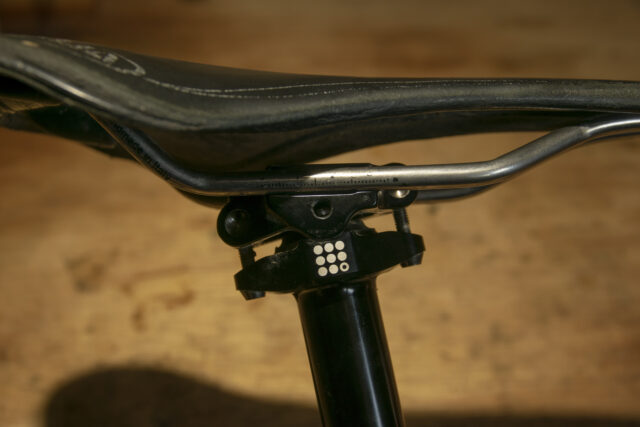
Intro
Dropper posts have gotten a whole lot more reliable in recent years, but the hydraulic internals used in most modern options do still fail from time to time. The 9point8 Fall Line is unusual in that it uses a mechanical brake to hold the post in place, and still offers the infinite adjustability of most hydraulic posts. But how does it work, and what else sets the Fall Line apart? Let’s dive in:
Design and Options
The heart of the Fall Line design is 9point8’s unique mechanical brake design. Rather than using hydraulics to lock the post in position (like most droppers these days), the Fall Line has an expanding collet-style brake that grips the moving portion of the post and keeps it steady. Unlike most fully mechanical posts, the Fall Line features infinite adjustability and can be locked anywhere in its travel range. A user-adjustable air spring returns the Fall Line from its lowered position.
The Fall Line is offered in strokes ranging from 75 to 200 mm in 25 mm increments and with internal routing only; any size of Fall Line can have its stroke (and overall length) reduced by up to 49 mm with Fall Line’s spacer kit, which comes with six 4 mm spacers and one 25 mm one, which you can mix and match as needed. Installation does require 9point8’s brake release tool as well as a standard cassette tool; 9point8 can install your desired spacer combination at the factory, either at the time of ordering or after the fact, or you can do it yourself with the appropriate tools.
9point8 also offers separate heads with two different offsets for the Fall Line — a standard inline version, or an option with 25 mm of rear offset, to set the seat rearwards and slacken the effective seat tube angle, if you’re so inclined. 9point8 says that the offset head cannot be run backward to produce a forward offset, but does offer a forward offset head on their Fall Line R model. The basic Inline head works with standard 7 mm round seat rails and features steel hardware; the CR Inline and CR Offset heads both come with titanium hardware and work with either standard round or oval carbon rails. The heads are interchangeable and can be swapped out as desired.
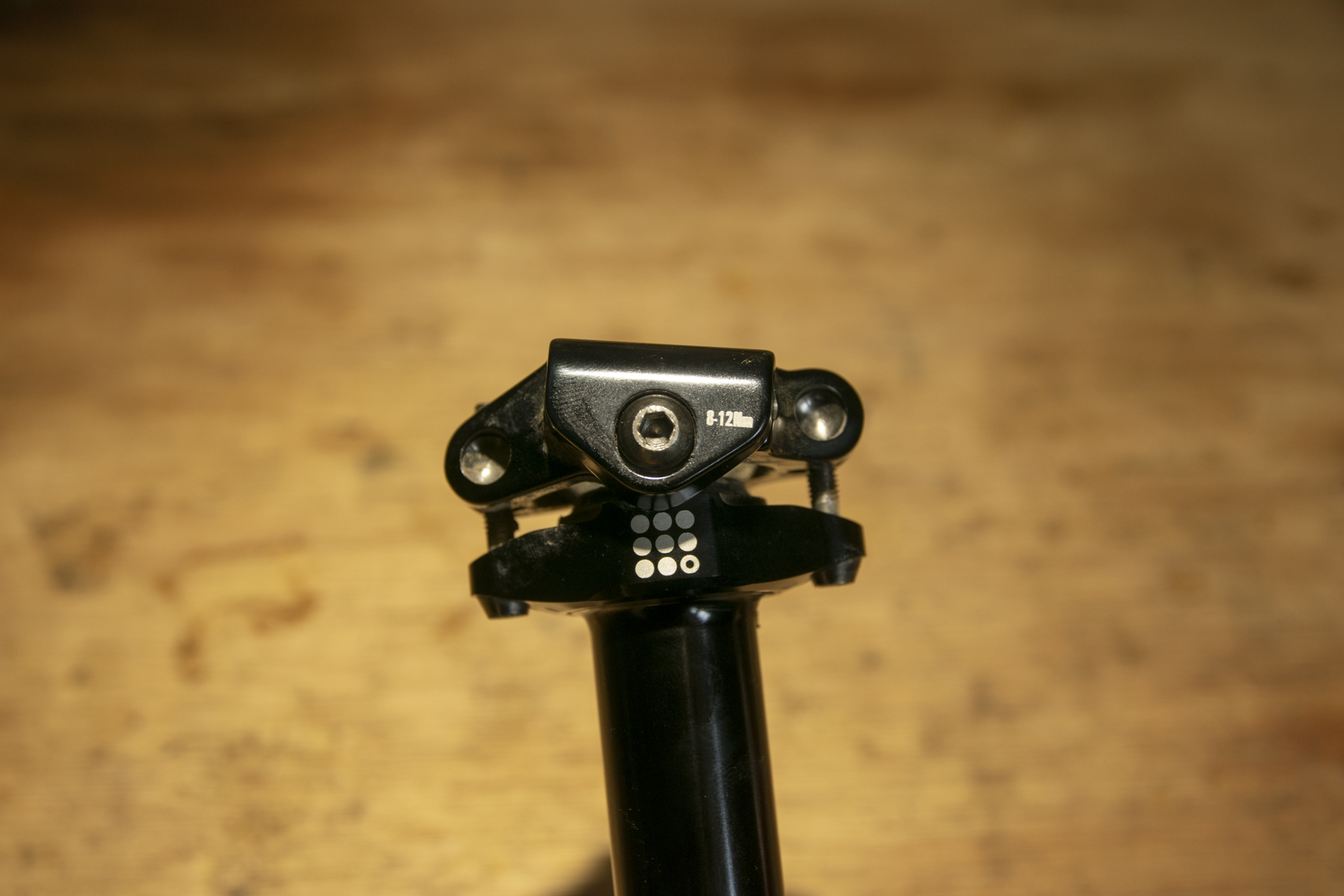
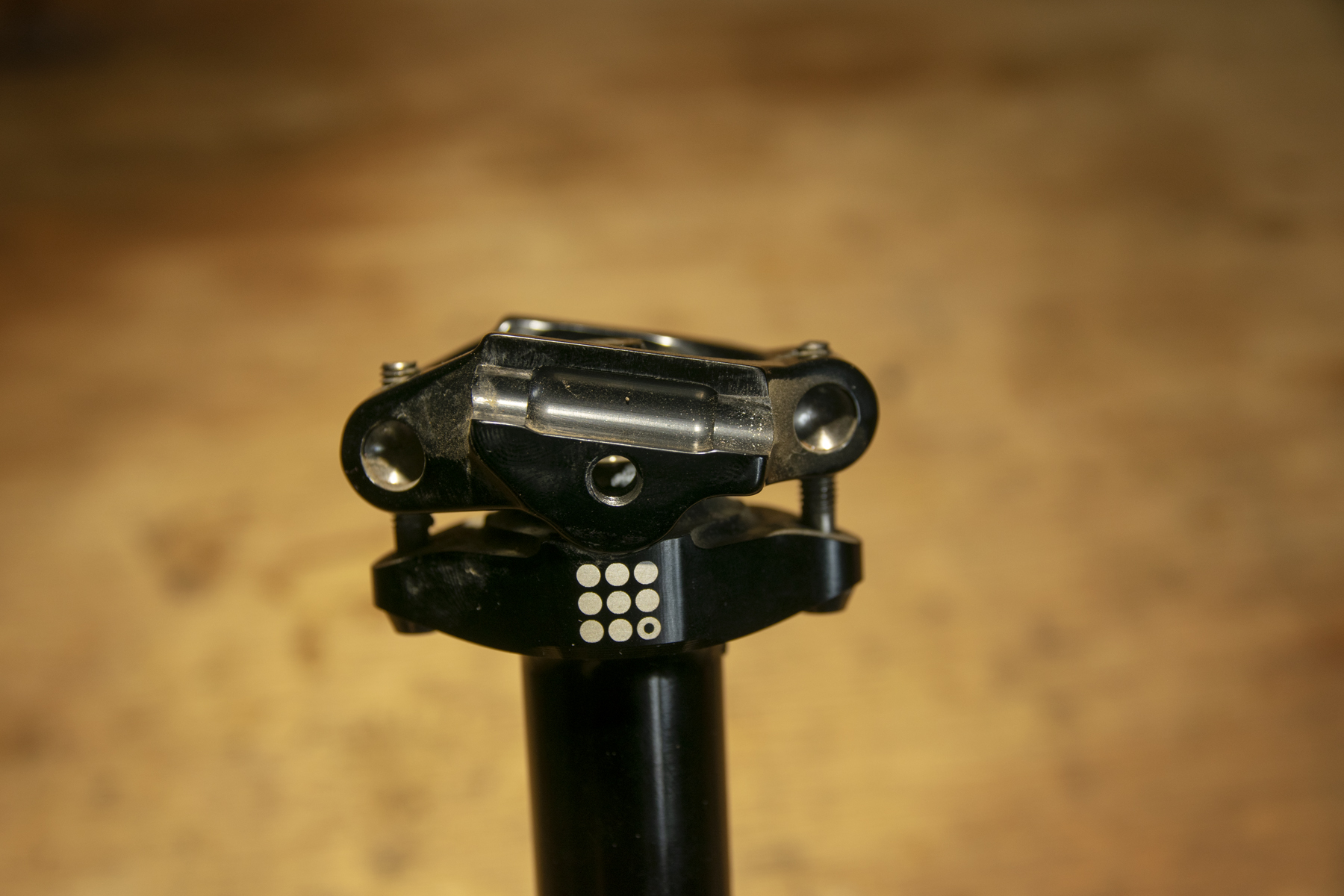



No matter which head you choose, the Fall Line separates the seat rail clamping and fore-aft adjustment from the seat angle adjustment. The former is handled with a pair of bolts that cinch down the seat rail clamps from the side; the latter is covered with a typical two-bolt arrangement. Splitting the two functions does make for more bolts to tighten up, but makes installation substantially easier because there’s no seat in the way when installing the barrel nuts that the seat angle adjustment bolts thread into.
[The 2021+ Fox Transfer is the only post I’ve tried to date with a more conventional two-bolt arrangement that isn’t a significant pain in the ass to install the seat on. I want to buy whoever came up with their head design a beer because it’s genius in its simplicity. The Fall Line is a little more complex design-wise, but even easier to use.]-
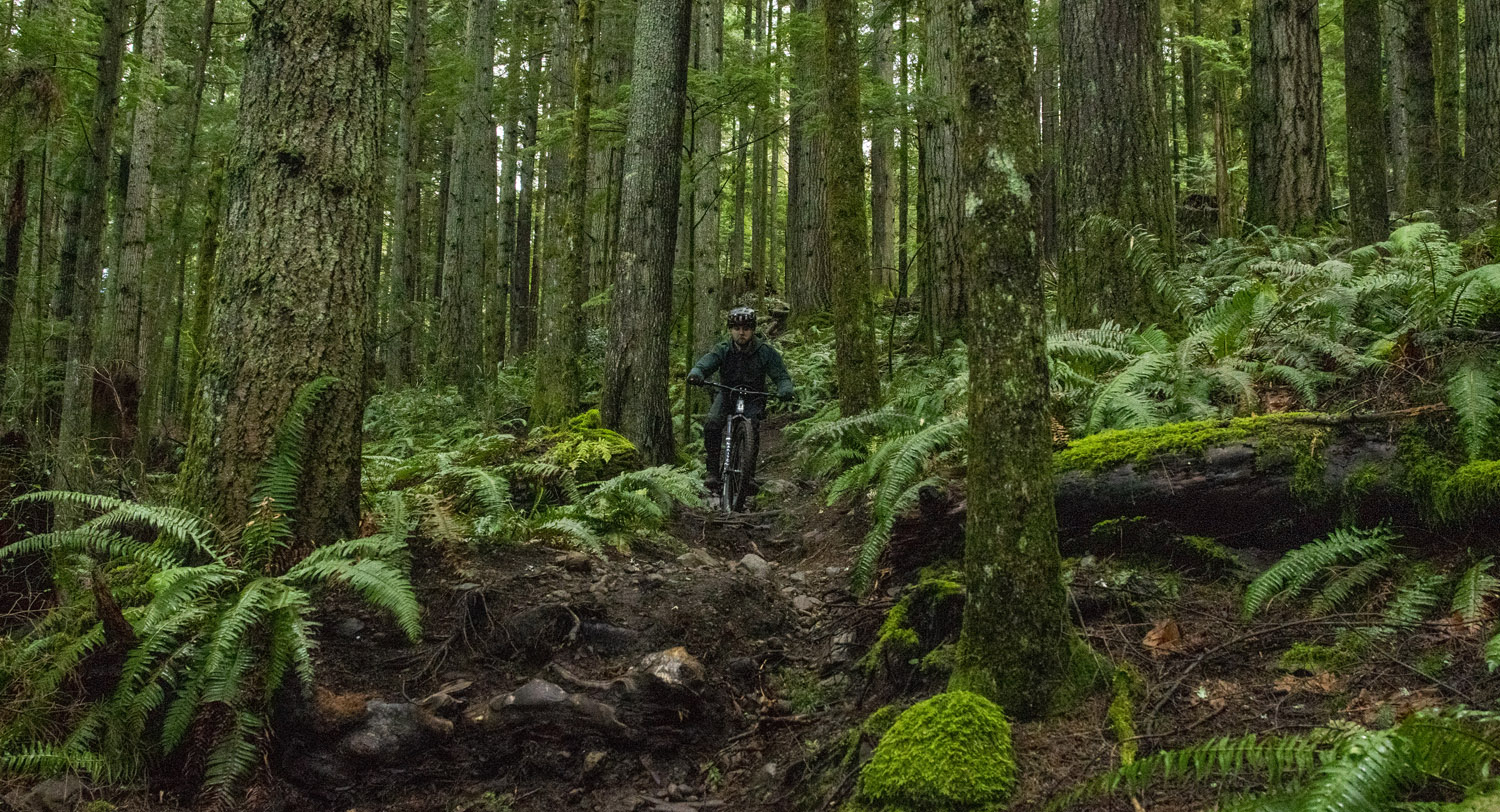
Price & Comparisons
The Fall Line isn’t a budget option for sure, but its retail price is in line with a lot of higher-end options on the market. It’s also somewhat on the lighter side. For reference, we’ve listed the retail price and our own measured weights for a bunch of options below (and note the slight differences in dimensions when comparing weights here, all of which are for the post only).
- $189 PNW Components Rainier Gen 3 (post only; $29-$69 for the remote); 669 g (200 x 30.9 mm)
- $215 Raceface Aeffect R (post only; $40 for the remote)
- $200–$230 OneUp Dropper Post V2 (post only; $60 for the remote); 591 g (210 x 31.6 mm)
- $309 Raceface Turbine R / Fox Transfer Performance / Marzocchi Transfer (post only; $69 for the remote); 664 g (200 x 31.6 mm)
- $300–$360 KS Lev Integra (post only; $50 for the remote)
- $324–$367 9point8 Fall Line (post only; $25–$59 for the remote); 595 g (200 x 30.9 mm)
- $359 Fox Transfer Factory (post only; $69 for the remote); 640 g (175 x 31.6 mm)
- $376–$429 Rockshox Reverb Stealth (includes remote)
- $350–$400 Bike Yoke Revive (post only; $60 for the remote); 578 g (185 x 31.6 mm)
- $861 Rockshox Reverb AXS (includes remote)
Installation & Setup
The installation of the Fall Line isn’t terribly complicated or difficult, but does differ slightly from a lot of other droppers on the market, and took me a little bit of readjusting to get my head around. The main difference is in how the cable head attaches to the post; the Fall Line’s Quick Connect attachment uses a special T-nut that threads onto the end of the housing (which means that standard 4 mm shifter housing must be used) and a separate sleeve that fits over it and threads into the bottom of the post. A thread-on dust seal caps it all off. The cable can either be clamped at the seatpost end or be run with the head at the post end, provided that your preferred remote supports that orientation. The Digit 2.0 remote (tested) does, and routing the cable in that direction tends to be a little easier.
The main trick with the Fall Line installation is that the cable tension should be set so that the T-nut sits in the middle of the slot in the outer sleeve when the remote isn’t being pressed. If you’re used to installing other posts and just pulling the cable as tight as you can by hand, you’ll overshoot the mark. But once you know what you’re aiming for, the procedure is plenty straightforward and the instructions on 9point8’s website cover the procedure in more detail.
Setting up the Fall Line also requires setting the air pressure in the return spring to get the post to extend properly. 9point8 recommends 20 to 30 psi depending on how fast you want the post to return, but I found that I couldn’t pump it all the way to 30 psi and still have the brake hold the post down solidly. The brake holds much more strongly in stopping the post from compressing than it does in the other direction; since there’s far more load on it going downward (your weight) than extending (just the return spring) that’s fine, but especially if you want to get the absolute fastest return possible, there’s a bit of a tightrope to walk in terms of getting a fast return while still having the post stay down when you want it to. 9point8 also notes that a lot of shock pumps aren’t very accurate at the kinds of pressures that the Fall Line operates at, and I definitely found that to be true with several analog gauge options — so dial things in based on what works, not so much what the pump says.

On The Trail
Over nearly seven months of testing, the Fall Line has done its job without complaint — it’s gone up when I wanted it to and stayed put when asked. The Fall Line is also smoother in its operation than most posts I’ve tried of late, and also has notably little side-to-side play. To be honest, neither of those is especially important to me, personally — I don’t really notice either on the trail — but for folks who do care more, the Fall Line is impressive.
The return speed of the Fall Line is adjustable by way of air pressure in the spring (see the Installation & Setup section above for more on that) but I wasn’t able to crank it up to super-fast return speeds before the extra air pressure started to overwhelm the brake, and the post would creep up. That said, I was entirely happy with the return speeds that I could safely achieve, and only tried to go faster in the interest of testing; unless you’re specifically after a very fast returning post, I think the Fall Line will be entirely adequate for most people.
I also got along well with the Digit 2.0 remote. It’s a relatively conventional shifter-style affair, and while there are a lot of good options in that genre that I’m totally happy using, the Digit 2.0 does a better job than many of being adjustable for different positions and to work around other controls, and its action is notably light. The tradeoff there is that the throw is somewhat longer than some other, mostly shorter levers out there, but I didn’t find it to be excessive or an issue in any way. The Digit 2.0 also clamps the cable at the lever end (the correct orientation, in my opinion) and has a nice grippy knurled surface on the paddle. It’s a nice lever.

Durability
Overall, the Fall Line has worked great in the seven months that I’ve spent on it. The only hiccup is that I’ve needed to top up the air pressure in the return spring a handful of times over that period. Doing so does require taking the seat off to get to the air valve, but because the Fall Line separates the seat angle and clamping functions out into different fasteners, it only takes a few minutes and there’s no subsequent fiddling to get the seat angle set properly again since it remains consistent.
That minor annoyance aside, the Fall Line has been trouble-free over nearly a full season of testing. It’s still operating smoothly, has essentially no side-to-side play in the head, and hasn’t developed any creaks or other issues. And though 9point8 has instructions for re-lubing the post on their site, I haven’t had any need to do so yet, despite several months of very wet, muddy testing conditions earlier this spring.
The Fall Line’s brake is meant to self-adjust over time through the actuation of the lever, but 9point8 does note that it can take a manual reset (accomplished by simply holding the lever down for 10 seconds or so) if the post has been sitting for a long time, or if it goes through an especially dramatic temperature swing in relatively short order. I never experienced either, and the system seems to hold up nicely without any need for attention, beyond the odd air pressure top-up.
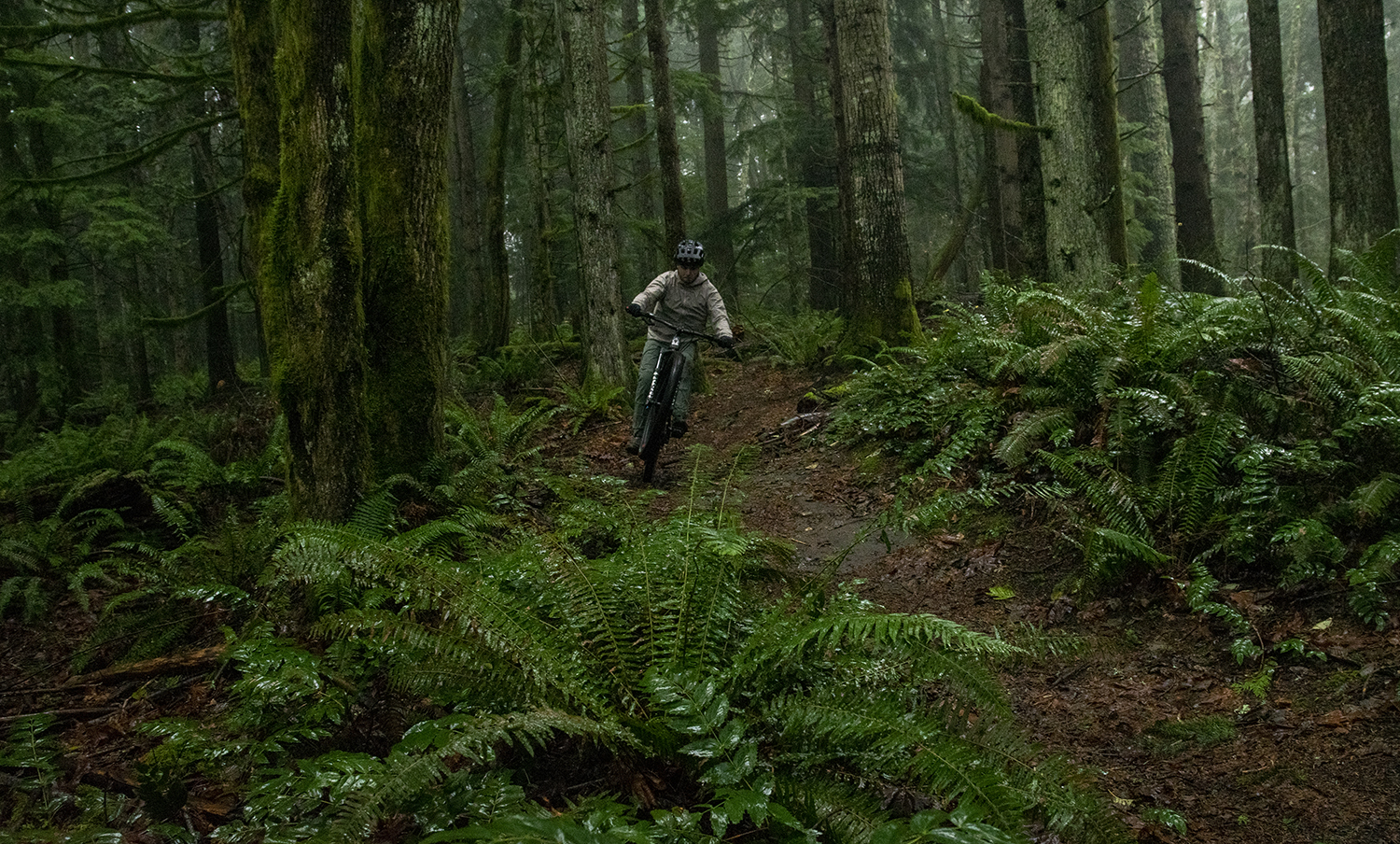
Bottom Line
The 9point8 Fall Line is an especially lightweight dropper post with an unusual, but quite-effective mechanical brake design that’s notably smooth in its operation, offers infinite adjustability, and has essentially zero side-to-side play in the head, even after a whole season of use. The installation and setup are a little trickier than a lot of other cable-actuated posts, but the Fall Line works well and offers a number of unique features — most notably the lack of hydraulics and options for an offset head — that are likely to be a real benefit for certain riders.

I appreciated the Fall line for it’s simplicity. I did end up filling the air spring about once a week and replaced it with a One-Up
In 2017 I bought a 9point8 fall line 175mm dropper with digit remote and loved it for the first two years, as it was trouble free for that period. I ride in southwestern BC through the winter (when the snowline doesn’t impede things) so the fall line saw much riding in wet weather and also in dry and dusty summer conditions. After the first two years it started to need re-lubing a few times per year and this process is a real hassle because you need to remove the post from the bike, air it down and then use a strap wrench to undo the top nut which is completely smooth and about 5mm tall. You then have use 9point8’s proprietary grease and tighten the top nut enough to properly seal the system. If they had provided some knurling or wrench flats this would have made much more sense. As it was, every time I had to regrease the post it would feel like I wasn’t going to be able to undo the top nut. It would take multiple attempts and repositionings of the strap wrench to finally undo it. Major pain in the ass!
If that wasn’t enough the post developed a slow leak after year 3, requiring frequent removal of the seat to pump the post back up. I ordered the seal kit direct from 9point8 since no shops stock any of their spare parts. I easily rebuilt the post following their instructions, but found I ended up with a spare plastic spacer, that wasn’t identified in the parts list. I emailed to inquire about this and was told that some people prefer to use it as opposed to the stock aluminum spacers. It was bewildering to me that they would include an extra part and not update their instructions or parts list and then have such a nonchalant attitude about it.
The rebuild kit worked to get the post holding air but a few rides later I noticed a crack in front eyelet on the stanchion that houses one of seat bolts. I emailed again to inquire about purchasing a new stanchion and was told they only sell them to the original owner and they require the post to be shipped to them to have the part installed along with a required rebuild, all for $193CAD.
I had originally purchased the post for full retail $585CAD !!! and had done my best to take care of it. I really liked how it worked and that it was made in Canada by a small company. When I got the quote for the work it was the straw that broke the camel’s back and I replaced the post with a one up 210mm and have been completely happy it, plus the regrease process can be done on the bike with no tools and any light bodied grease.
I loved the fall line for quite a while but the experience has really changed how I think about future dropper purchases.
Nice review – sounds like an interesting option.
I wonder if some grease on the air spring seals would help it seal better? Not sure if that portion of the post is easy to access.
This is the same one that the horrible raceface turbine, leaks everywhere everyday